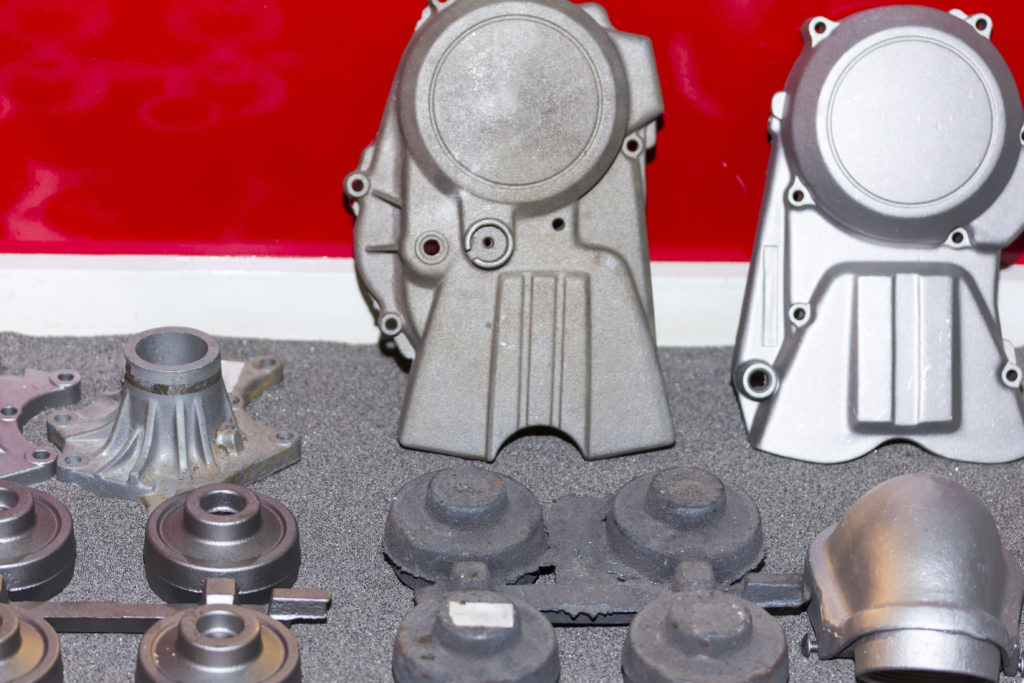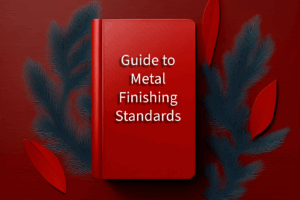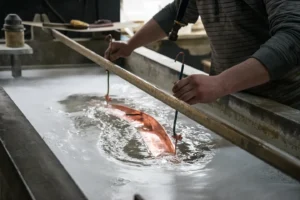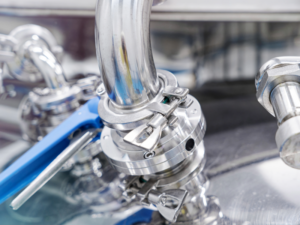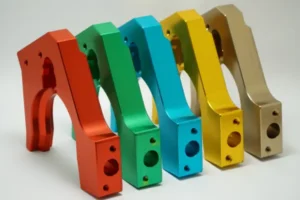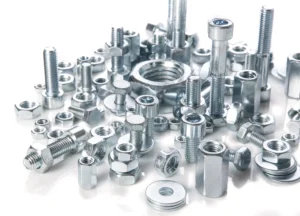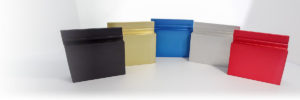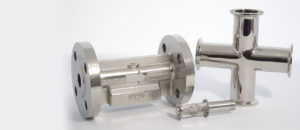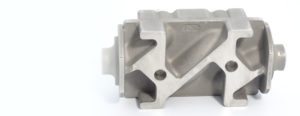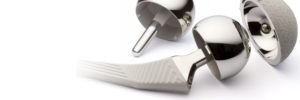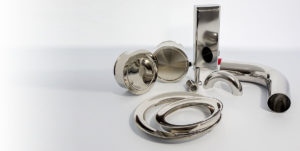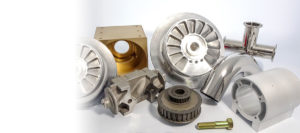Abrasive blasting is used by industries worldwide for multiple reasons, to remove surface coatings such as paint and contaminants, prepare surfaces for paint and coatings, strengthen metal surfaces and adhesion, clean rust and grease, and engrave stone. Blasting equipment is used to shoot abrasive media against a surface under pressure to clean, smooth, roughen, or shape a surface. The first blasting process was patented over 150 years ago and has been a “go-to” process in many applications.
Other terms for abrasive blasting include media blasting, grit blasting and others that include either the name of the material or the type of equipment to further classify the process such as sandblasting. Blasting processes provide substantial economical and time-saving advantages over alternative methods, such as sanding, wire brushing or the use of unsafe chemical strippers and solvents.
There are a variety of different abrasive materials for obtaining the surface finish required. The anchor pattern, or etch profile, that the abrasive makes will directly impact how effectively subsequent coatings adhere to the surface, thus using the right abrasive media for surface preparation and finishing is crucial.
Abrasive Blasting Media Properties
The shape, size, hardness and density of the abrasive media are factors in determining the finish outcome.
Size: Larger particles will cause deeper indentations with fewer impacts than an equal volume of smaller particles. The best approach is to use the smallest possible media to achieve the desired result. Abrasives are measured in mesh size, grit size, or microns.
Mesh size is a common classification for media size. The mesh size number indicates the number of mesh lines per square inch in a sieve and a range is often provided to indicate what size sieve that 95% of the mix will fall through and at what size it will not fall through. Like mesh size, grit size is also determined by how much grit passes through or is retained at specific sieve sizes. And micron is simply the metric unit of measure for length.
Shape: The media shape impacts how deeply it will cut into the surface. There are four media shape categories that impact the anchor profile: angular, sub-angular, sub-rounded, and round. Angular materials are jagged, cause a higher etch, cut through rust, clean faster, and form deeper, sharper anchor patterns. Smoother or more spherical materials are in the round or sub-rounded categories and create a more even, dimpled profile. Aluminum oxide and crushed glass are course media and can be angular or sub-angular. Plastic and garnet abrasives have fewer angles and are therefore sub-angular or sub-rounded and glass beads are classified as round.
Hardness: Abrasive hardness is measure by the Mohs scale of mineral hardness. Lower Mohs numbers indicate softer materials and higher numbers represent harder materials. For example, aluminum oxide has a Mohs score of 9, while glass bead is 5 to 6, and plastic is 3 to 4.
In general, a harder abrasive will cause a deeper profile. Aluminum oxide, garnet, silicon carbide, steel shot, steel grit, and glass beads fall into the hard media category. Hard abrasives are used to remove rust, corrosion, and scale from hard metals and to add a profile or to strengthen metal surfaces.
Walnut shells, plastic, corn cob media, baking soda, and wheat starch are examples of soft abrasives. A finer finish is achieved using a softer abrasive. Soft abrasive media is used for removing grease and light coating from delicate surfaces without etching, pitting or marring.
Density: The denser the particle, the more impact I will have over a smaller surface area, producing a deeper profile. Dense media also deforms less, absorbing less energy upon impact. Density is measured in “specific gravity”. Higher specific gravity numbers indicate more dense particles. Steel shot and steel grit have a specific gravity of 4.8 to 7.8 and are denser than aluminum oxide at 3.94 to 3.96 and glass beads at 2.5.
Abrasives Chart
Abrasive blasting media varies immensely in particle size, hardness, shape, and other properties. These differences will have a tremendous impact on the surface finish results. The chart below highlights some of these differences.
After the media is determined, equipment velocity can be adjusted to fine-tune the pressure and achieve the specified or desired finish.
You don’t need to be an expert in abrasives or media blasting, but it can help to understand a little about what goes into producing high-quality finishes. AMF Technologies has the experience and expertise to finish your parts according to specifications and provide advice when you’re not sure what you need.
Contact us with questions or for additional information.
